From the outside, it looks no different to a growing number of other churches I’ve seen: whitewashed, brightly painted and facing the main town square. The picture shifts as I step inside. The smell overwhelms my senses, a pungent aroma of copal resin incense and the smoke of a thousand burning candles infusing the stale air. Candlelight flickers, illuminating the saints that line the walls. Adorned with mirrors, they purportedly ward off evil. Fresh pine needles carpet the pew-less floor. Worshippers engage in rituals wholly unfamiliar, heretical activities that involve outbursts of emotion, animal sacrifice and moonshine made from corn.
Why I Decided on Visiting San Juan Chamula
As a cornerstone for indigenous culture, I was instructed - in no uncertain terms - not to miss San Juan Chamula on my escapades through Chiapas. Home to 80,000 Tzotzil – the indigenous Maya of Southern Mexico’s highlands, my curiosity was piqued. Entirely autonomous, the rules of Catholicism have been overthrown, disregarded, almost abandoned in the church here.
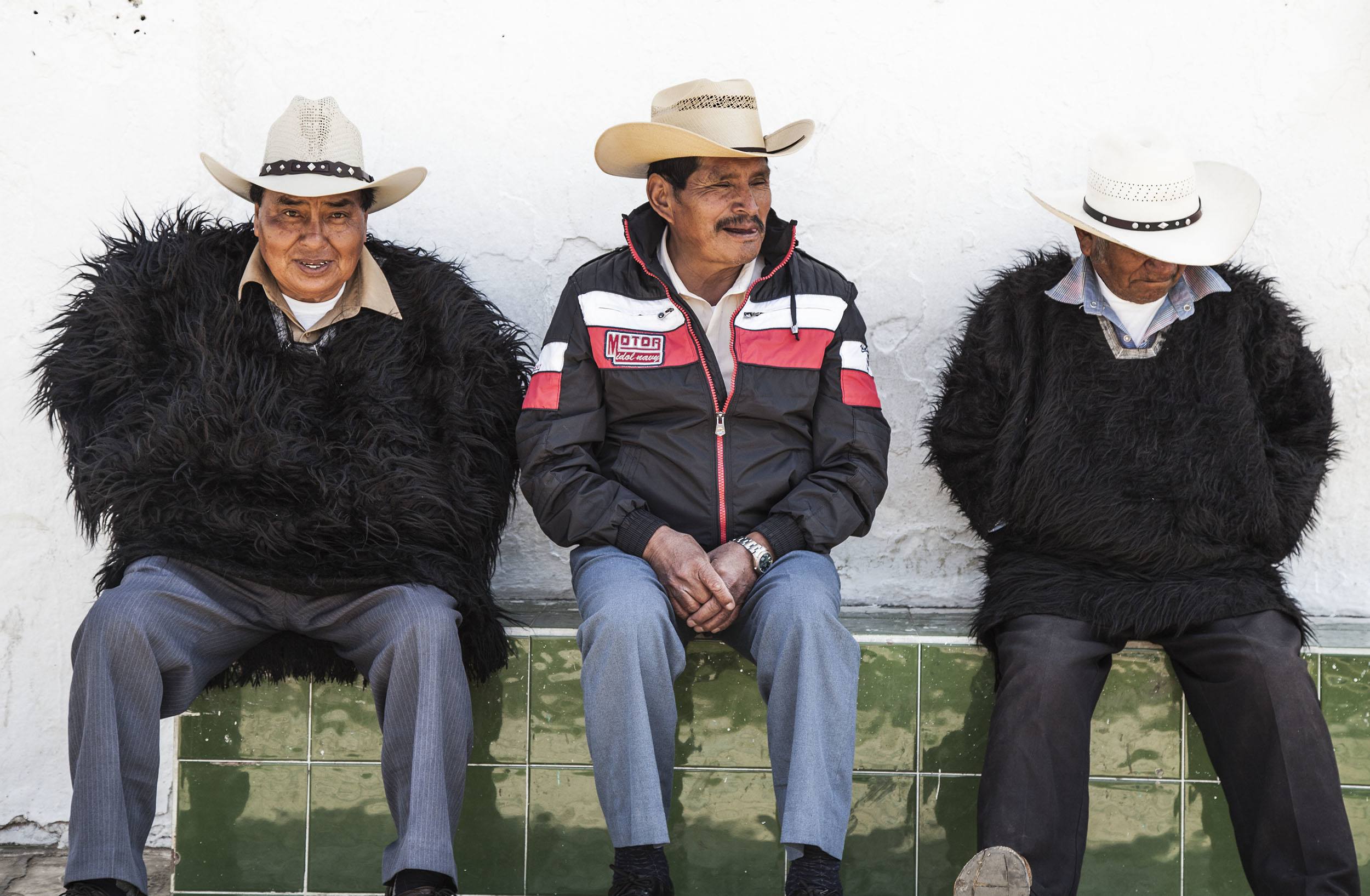
The fiercely independent leftist Zapatista rebels and Chamulans have inducted their own religious leaders, following centuries of fused Catholic-indigenous beliefs. Catholic ritual has been dropped. The priest, no more than a mere token, has been restricted to monthly visits. With mass that includes moonshine and animal sacrifice, I couldn’t resist paying the church a visit, on a Sunday morning in March.
Stepping inside Iglesia de San Juan
Activity buzzes around me as I edge through the crowd, the church floor strewn with a forest of pine cones, twigs and burning candles. Wax runs along the floor, where the pews should be. I see brass bells, a contrast to the used soda bottles filled to the brim with corn moonshine (aka ‘pox’ to Chamulans). Jesus sits beside the altar. I sense Catholicism has left the building, its tradition long gone.
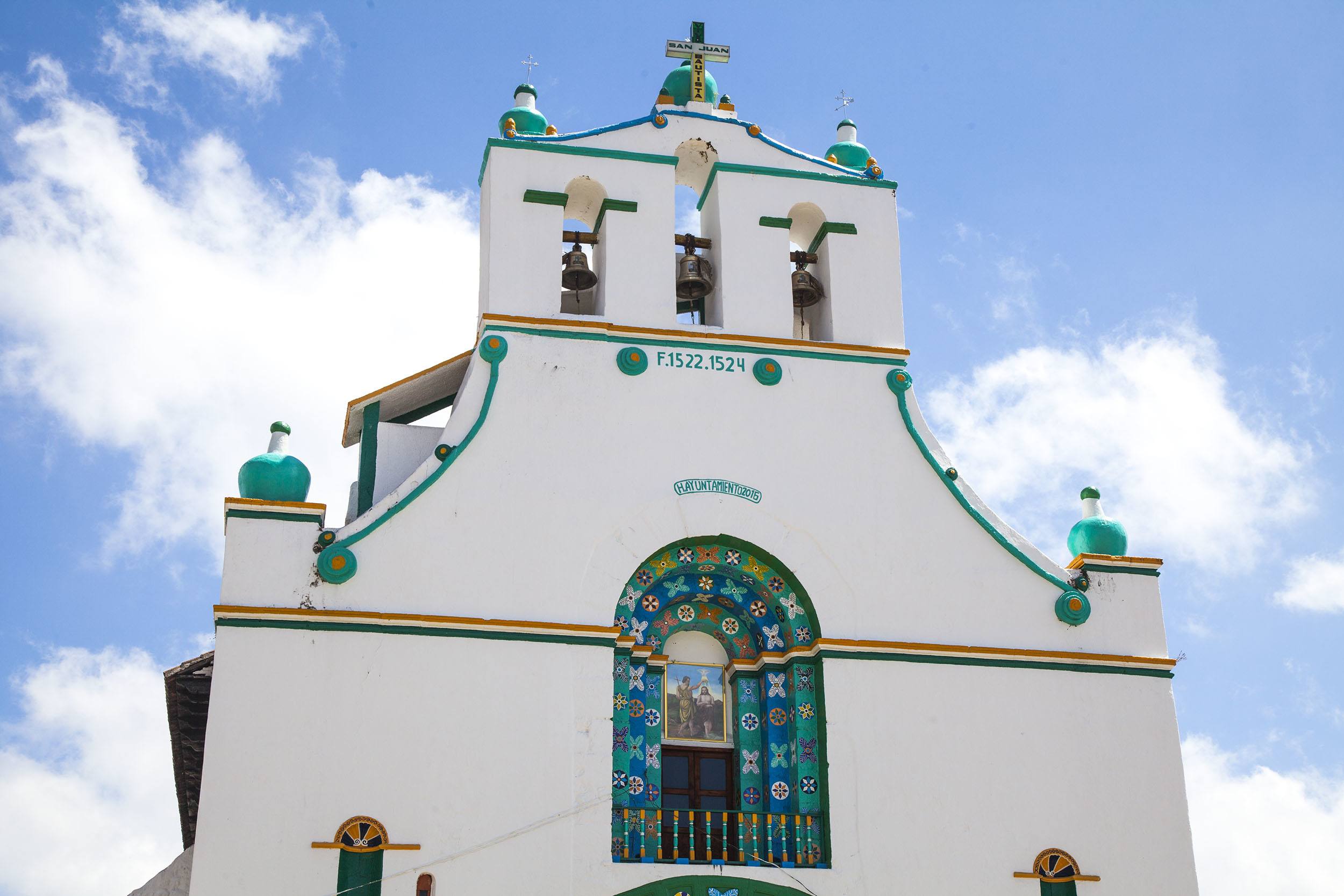
Worshippers are spread around the room, sitting in small groups, seamlessly woven among the candles and shrubbery. Unfamiliar sounds pound the smoky air from moving lips, prayers uttered in Tzotzil. A group to the left of the altar starts weeping; a woman blesses herself, crossing her chest repeatedly, making the sign of the cross – the only nod to Catholic tradition I see.
Another group burps - loudly and without compunction - a coca cola and pox concoction into the air, apparently releasing malicious spirits from within. The wax of their burned candles creates a multi-colour mess on the tiles. A curandero joins them. One of them is sick, a soul believed to be possessed by evil.
My attention is momentarily averted to the wave of incense trailing through the church, leading a shaman, whose step is in sync with the thud of a drumbeat. His spiritual contemporaries are elsewhere, taking pulse readings, waving chickens and picking candle wax off the floor.
Animal Sacrifice inside the Church
My head returns to the family near the altar, eyes fixated on the spiritual leader. She holds a speckled chicken, hands firmly grasping its neck and body. She waves it over the candles burning between the group – peaceful, in a way. It’s moved back and forward, then over her head. Words are shared, between her, the older woman and her associates. The shaman smiles. In a single move, she returns the chicken to her body and twists its neck – sudden, swift and smooth. The body twitches - lifeblood ceases to flow.
I turn around: two other chickens are swinging pendulously over candles. I can’t watch. The first chicken has stopped twitching; it is laid on the floor. I’m later told the stolen pieces of her soul are returned in exchange for its life.
I’ve seen enough. Feeling nauseous – intoxicated by the pungent aroma of incense, I turn and walk into the sunlight outside. I move indolently through the growing crowd. I visit Mercado de Artesanas then watch a fresh faced Chamulan flip and pack tortilla in a tortilleria. I return to San Cristobal de las Casas in a collectivo, squashed in the back, my mind in overdrive.
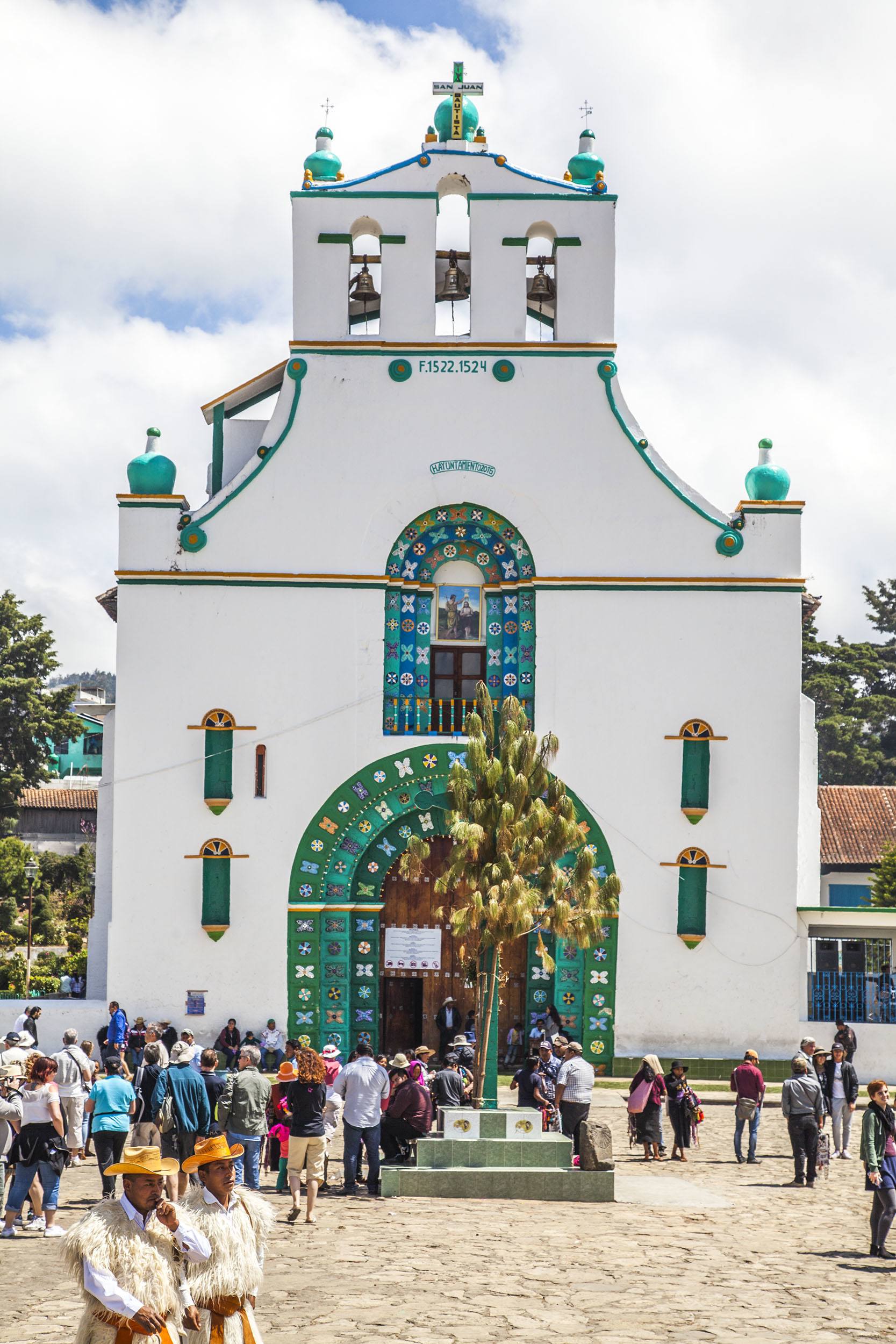
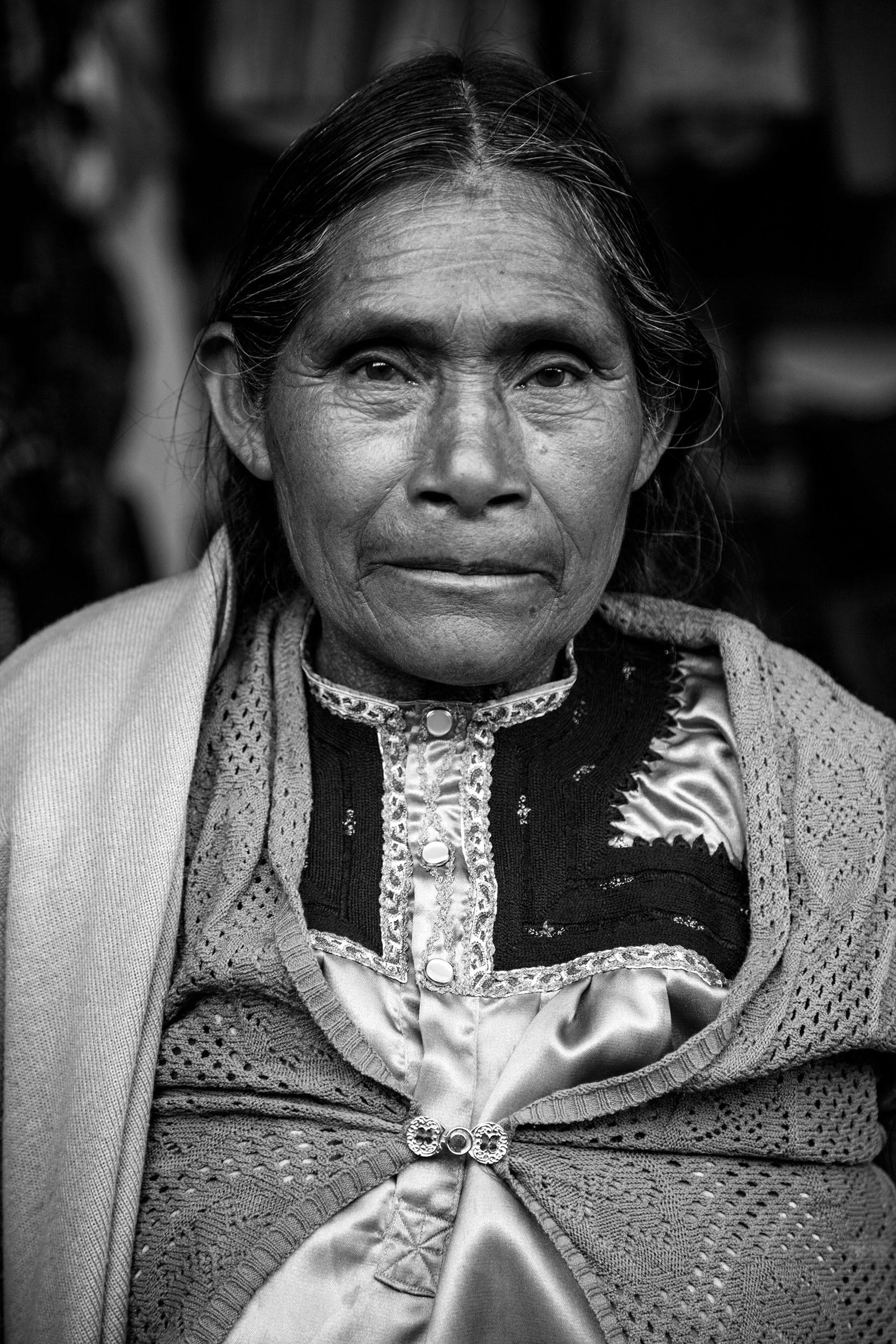
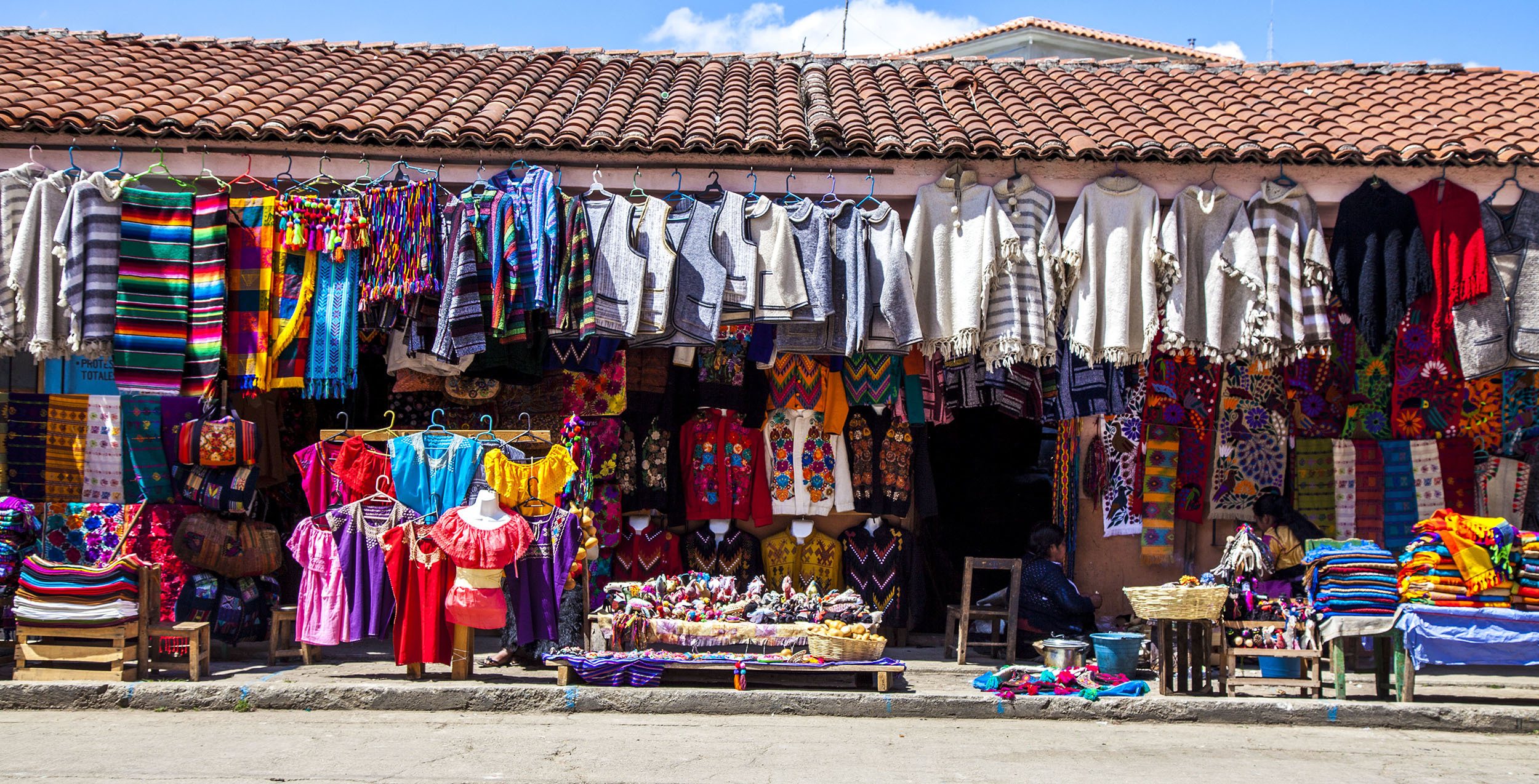
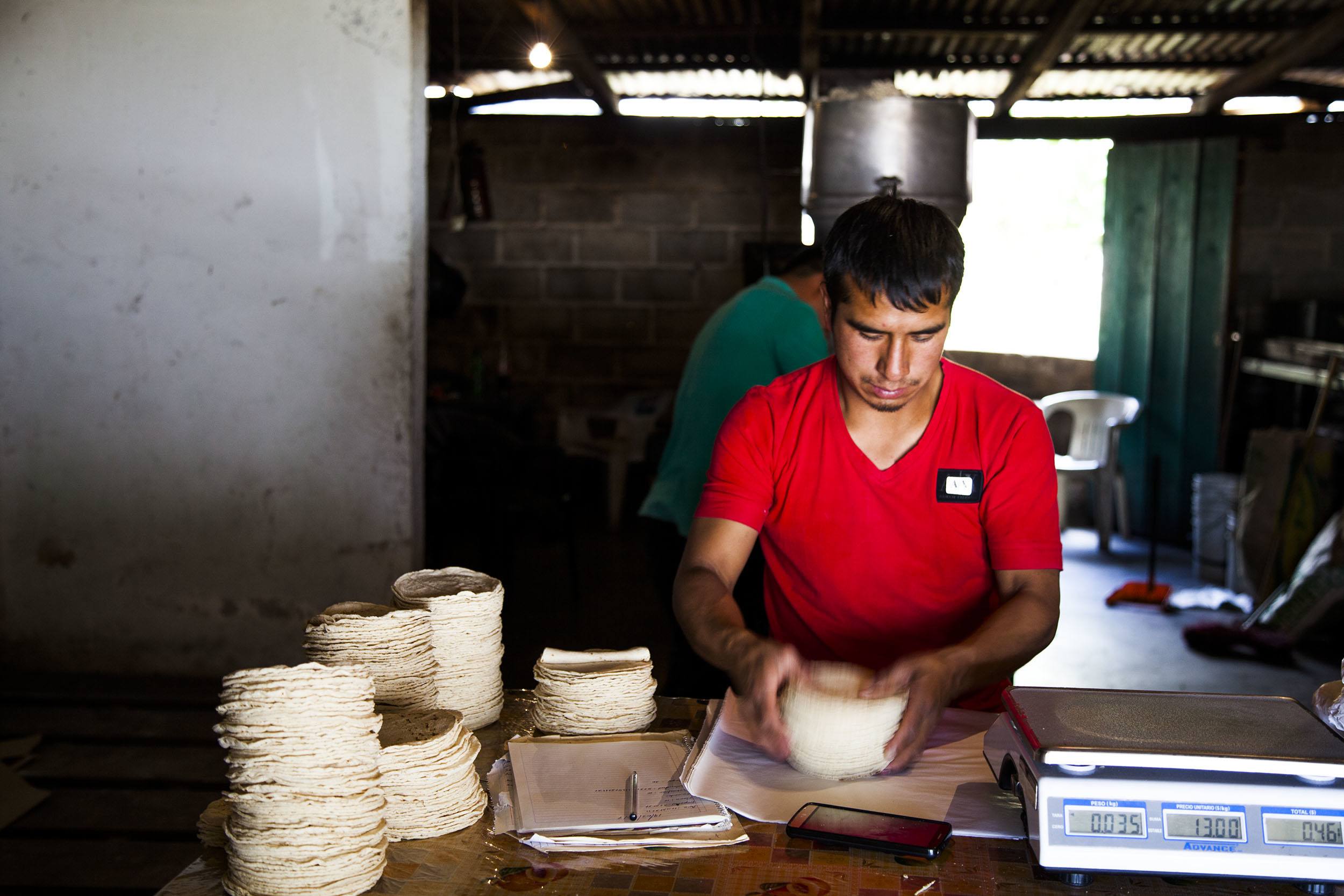
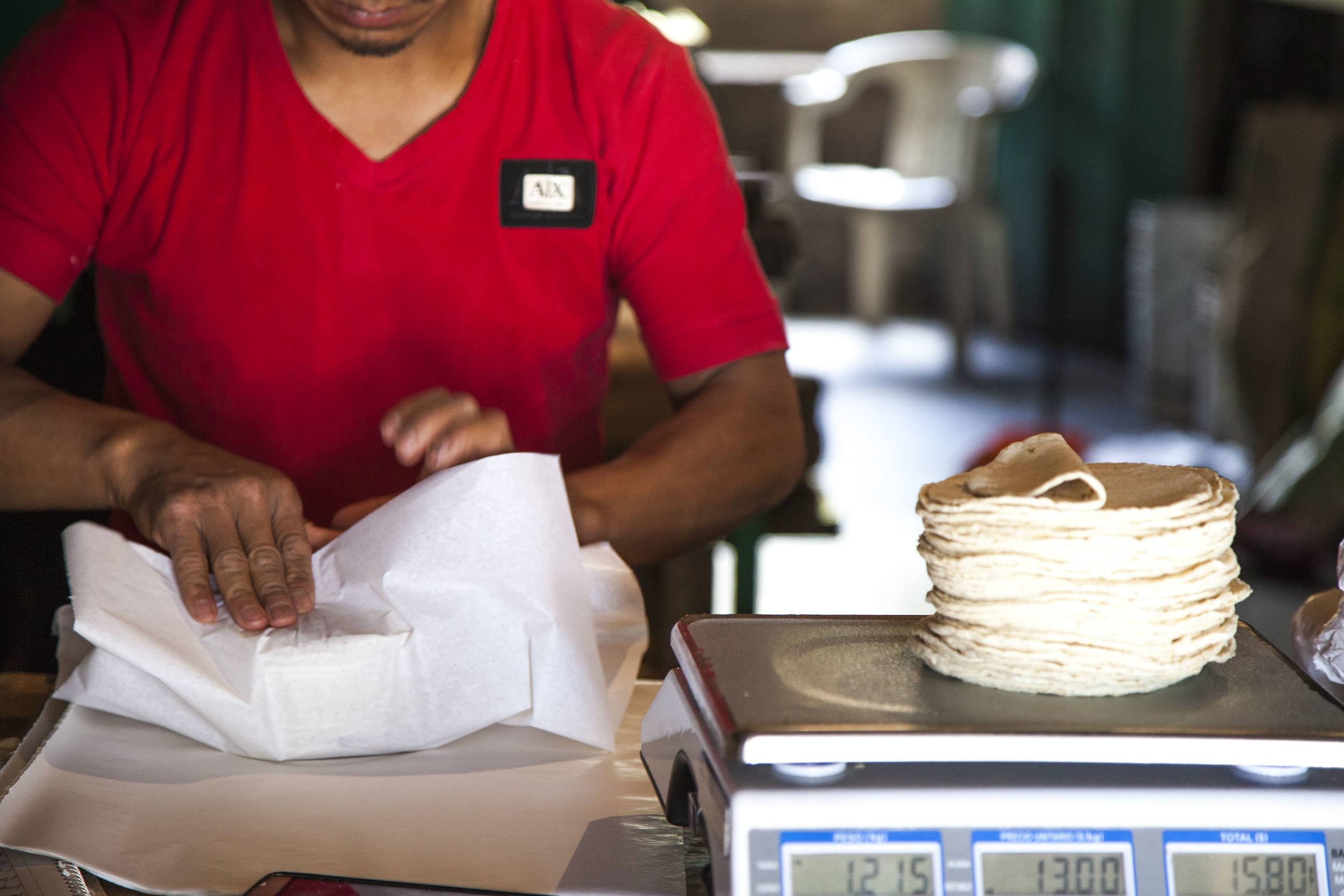
What have I just witnessed?
